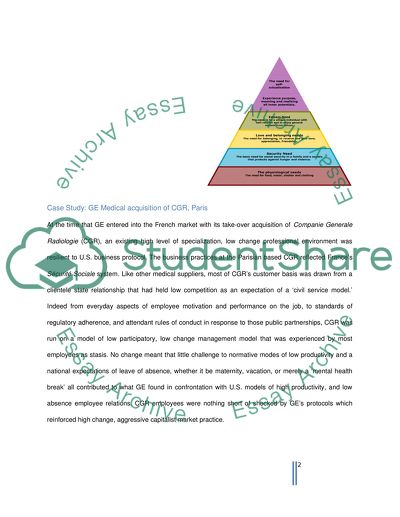Cite this document
(“Change Management and Maslows Hierarchy of Needs Case Study”, n.d.)
Change Management and Maslows Hierarchy of Needs Case Study. Retrieved from https://studentshare.org/human-resources/1510555-human-resource-management-essay
Change Management and Maslows Hierarchy of Needs Case Study. Retrieved from https://studentshare.org/human-resources/1510555-human-resource-management-essay
(Change Management and Maslows Hierarchy of Needs Case Study)
Change Management and Maslows Hierarchy of Needs Case Study. https://studentshare.org/human-resources/1510555-human-resource-management-essay.
Change Management and Maslows Hierarchy of Needs Case Study. https://studentshare.org/human-resources/1510555-human-resource-management-essay.
“Change Management and Maslows Hierarchy of Needs Case Study”, n.d. https://studentshare.org/human-resources/1510555-human-resource-management-essay.


